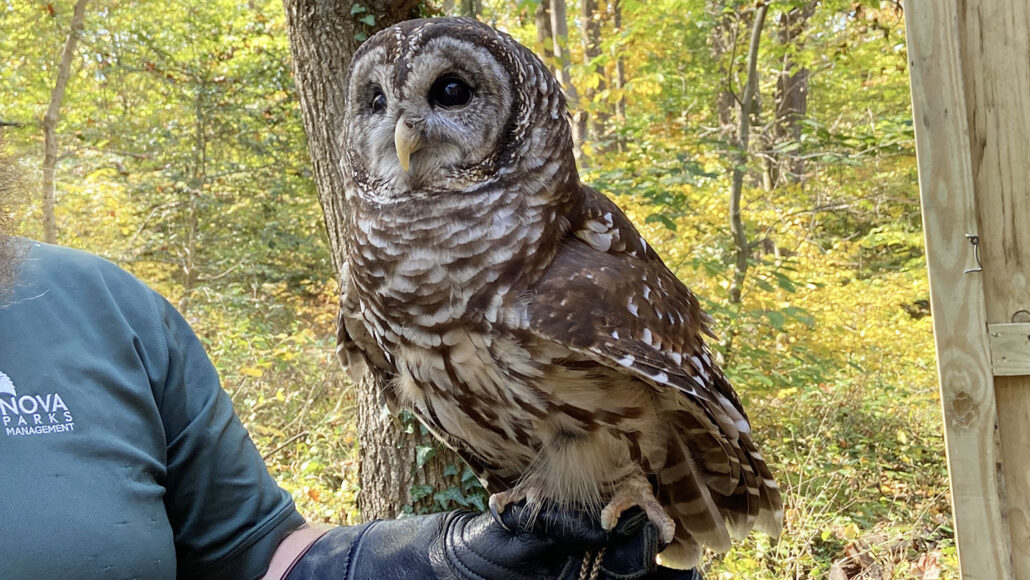
Animals
Dinosaurs are still alive. Today, we call them birds
Birds don’t look like the scaly giants of Jurassic World. But fossils are revealing how these modern-day dinosaurs descended from ancient reptiles.
Come explore with us!

Birds don’t look like the scaly giants of Jurassic World. But fossils are revealing how these modern-day dinosaurs descended from ancient reptiles.

Three grand-award winners each took home at least $50,000. Hundreds more teens shared more than $9 million in prizes at the international competition.
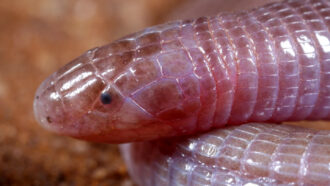
CT scans of these mysterious creatures turned up bizarre internal features. They could offer clues about amphisbaenians’ largely unknown behavior.
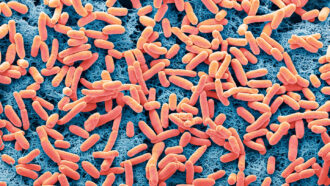
Genetic engineering involves adding, changing or removing certain pieces of DNA from a living thing to give it desired traits.
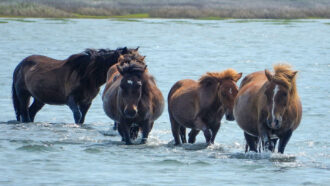
In a study of more than 400 mammal species, less than half have males that are heavier than females.
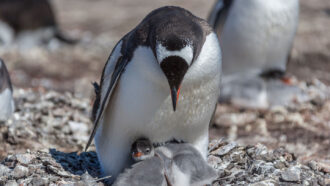
From reindeer that snooze while chewing to penguins that take thousands of naps each day, the animal kingdom has some truly weird sleep patterns.
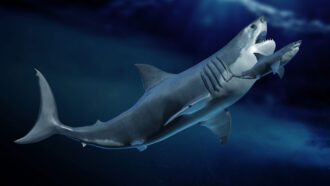
The extinct megalodon (Otodus megalodon) was the largest shark to ever prowl the oceans.

Supercomputing and AI cut the early discovery steps from decades to just 80 hours. The process led to a new solid electrolyte.
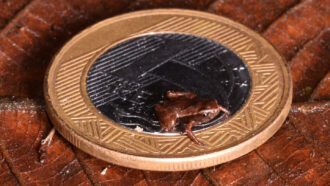
Neither fleas nor toads, Brazilian flea toads are almost flea-sized. These mini frogs are small enough to fit on a pinkie fingernail.

Your dog is wagging its tail. That must mean it’s happy, right? Maybe not. Scientists know less about what’s behind this behavior than you might think.